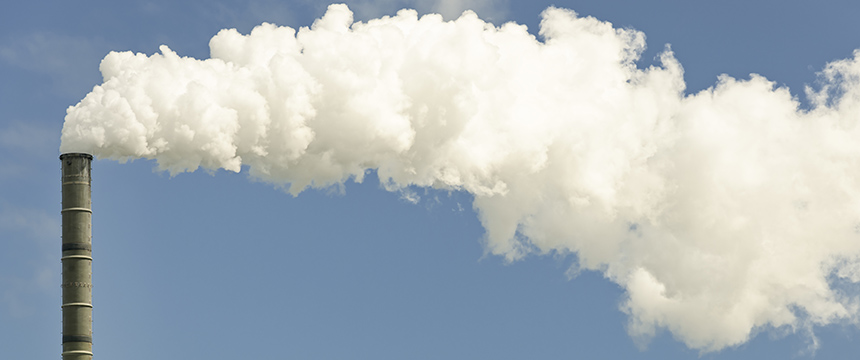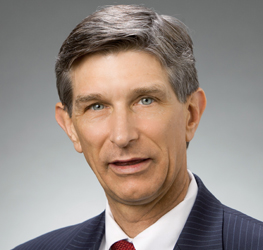U.S. EPA Addresses Key Questions on Plantwide Applicability Limit (PAL) Permits

In a piece of good news for regulated sources, on August 4, 2020, the United States Environmental Protection Agency (U.S. EPA) issued guidance clarifying the flexibility and reduced permitting burden available to sources operating under Plantwide Applicability Limit (PAL) permits.
Created by the 2002 New Source Review Reform rule, the PAL alternative to traditional air permitting allows sources to avoid the delays and costs of major source construction permits by establishing an air emission cap over a facility and allowing changes or modifications to occur, in most instances, without the need for any additional permitting. PAL facilities gain a competitive advantage by being able to quickly move from new product design to production without regulatory delays. While advantageous in theory, uncertainties such as permit renewals, the intersection with other air quality requirements, and whether PAL implementation required revisions to longstanding monitoring requirements have caused many sources to not take advantage of the program.
In the guidance, U.S. EPA squarely addressed these perceived concerns with PALs raised by business and made a strong case for flexibility and advantages of the PAL program. In particular:
- U.S. EPA stressed there is no automatic ratcheting down of the PAL cap at permit renewal. States retain substantial discretion to maintain or even increase the cap based on business circumstances and information provided by the PAL permittee. U.S. EPA provided specific examples where an increase in the PAL cap would be warranted.
- U.S. EPA noted that if a PAL is not renewed, the allocation of emission limits should generally be based on the permittee’s allocation request, not the regulatory agency’s directive. Should a PAL need to be “broken up” in the future, U.S. EPA allows the company to propose the distribution of the emissions over emitting equipment, which should be adopted unless there are specific issues in doing so.
- U.S. EPA advised states to avoid reopening PALs to address air quality concerns and instead target other sources to address these issues.
- In developing the PAL monitoring provisions, U.S. EPA stated sources may propose methods that align with current monitoring methods and are not required to automatically upgrade monitoring approaches.
- U.S. EPA clarified that replacement units should be treated as if it if were the unit being replaced for purposes of determining baseline actual emissions.
The air experts in Foley & Lardner, LLP’s Environmental Practice Group provided information and support to U.S. EPA during its consideration of the PAL guidance and have assisted various clients in obtaining PAL permits. Companies may find PALs particularly advantageous in gearing up for the post-COVID recovery.

